Facade and electric lighting integration
Facades and electric lighting systems are, for the most part, still considered as separate systems throughout the design, installation,
Facades and electric lighting systems are, for the most part, still considered as separate systems throughout the design, installation,

The transformation of a dark and inhumane 1970s tilt-up concrete office building into a high performance, light-filled modern workplace was enabled

An Enclosure-Integrated, Daylighting, Tracking Solar Collector (EIDTSC) has been developed for market which integrates into a building’s fenestration

Over the last two decades, in what has been coined “The Digital Turn”, the introduction of parametric design software has afforded increased
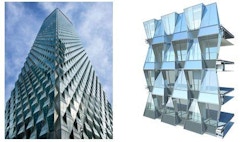
To paraphrase Robert le Ricolias, the art of the structure is where to put the folds. Using that inspiration, fundamental concepts from origami,

While most of high-rise buildings feature a core surrounded by a spatial frame defining the volume, one could envision a column-free plan where the
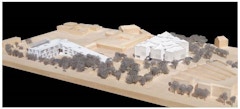
Steven Holl Architects designed two new buildings in the Museum District in Houston, Texas. Knippers Helbig is the facade consultant of both

Life cycle assessment was introduced in the 1970s as an analytical tool to quantify the environmental impact of a product, process, or service.
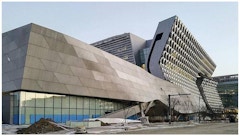
The design of complex, high-performance facades involves balancing attention towards principles of material selection, thermal and moisture
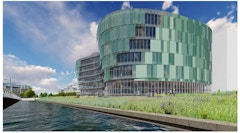
Facades must be responsive to a myriad of qualities and influences ranging from urban impact and aesthetic character to numerous performance

Daylighting is a key strategy to energy efficiency and improved occupant comfort, health, and productivity in buildings. However, providing desired
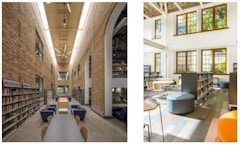
Daylighting & Solar Glare control, which affect both the energy consumption of the building as well as the comfort of the occupants, become
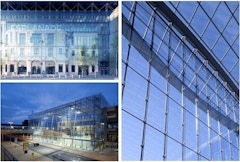
Facade engineering aims at appropriately balancing the demands imposed by the context and the capabilities inherent to the materials, the geometries

The research is structured around complex optical effects of undulated glass and coatings that exhibit high reflectivity, especially at higher
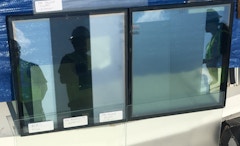
Glass by nature is a reflective material, and it is well-known and documented that issues of glare can occur due to solar reflection. This phenomenon

With increasing interest in wellness and human-centric design in workplaces, the design of building enclosures is predicated on optimizing competing
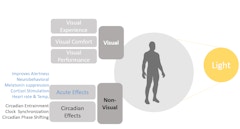
Electrochromic windows introduced to building market as a smart glare control solution to provide visual comfort for building occupant. EC glazing

High performance can be defined as “a building that integrates and optimizes all major high-performance building attributes, including energy
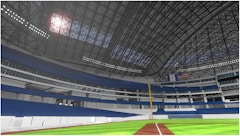
Daylighting is often an important component of architectural design and heavily influenced by a building’s facade and enclosure systems. Unlike many
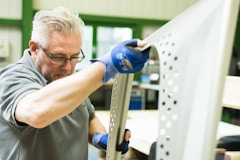
New approaches to lightweight metal forming have the potential to advance architectural fabrication, particularly in the design and engineering of


